Many members of the Cuddle Clones community will soon celebrate Easter with their friends, families, and loved ones! While the holiday means something a little different to everyone, there’s one consistent theme we all can agree on: chocolate!
Americans purchase and consume a staggering $2.26 billion worth of easter candy every holiday season, and 90 million chocolate bunnies are produced each and every year to meet the massive demand. And believe it or not, these numbers are on the rise. These colorful, candy-filled baskets of pastel-painted chocolate childhood joy are an undeniable part of the Easter season.
However, for our furriest family members, these tempting, treat-filled baskets could be VERY dangerous, and what to do if your best friend eats chocolate could make all the difference in keeping them healthy, happy, and well!
Chocolate Poisoning Around Easter
Despite the Easter season’s reputation of bright colors, togetherness, and joy, our celebrations often have unintended impacts on our pets, namely “chocolate poisoning”.
In many households, the scenario "my dog ate a small piece of chocolate" is all too common during the holiday festivities. It's crucial to realize that even a small piece could be harmful depending on the type of chocolate and the size of the dog.
According to The Kennel Club, instances of chocolate poisoning in dogs rise an astounding 235% in dogs during the 4-week period generally recognized as the Easter season. Bill Lamberts, the Head of Health and Welfare with The Kennel Club, sums of these dangers perfectly:
“Dogs are a part of the family and of course can be involved in seasonal celebrations, but they can’t always enjoy the same festivities as humans do. We want to make sure that the nation’s much-loved dogs have a happy, stress-free and safe Easter, especially with so many new owners navigating the chocolate-filled celebration for the first time. For many lockdown puppies, this Easter could be the first opportunity to meet extended family members and friends, and travel away from home too, and it is important that this is a positive experience, where they don’t get their paws on anything dangerous.”
In all the excitement post Easter Bunny visit, it’s easy to understand how a sneaky pup with a dangerous sweet tooth could get into you or your child’s Easter goodies. An ounce of prevention is always worth a pound of cure, but in the unfortunate and frightening event that your dog gets into the holiday sweets, it’s absolutely vital to know what to do and how to handle the situation.
Why is Chocolate Bad for Dogs?
Chocolate contains two chemicals toxic to dogs: caffeine and theobromine. These substances have extremely similar effects. They widen the blood vessels, act as a diuretic, and raise the heart rate. Unfortunately, dogs’ bodies cannot effectively metabolize either chemical.
In plain english? Your dog can’t break down and use caffeine and theobromine within the body like humans can. The chemicals stick around in their body, causing the effects to amplify drastically.
Your dog's reaction to consuming chocolate depends on a variety of factors. For instance, a small dog that consumes a significant amount of dark chocolate may experience more severe symptoms than a larger dog that consumes the same amount. The overall health and age of your dog can also affect their reaction. So, even if your dog ate a small piece of chocolate, keep a close eye on them for any symptoms.
Different types of chocolate contain different levels of theobromine, meaning that they pose differing levels of risk. The thing to remember is the darker the chocolate, the greater the danger. For example:

White Chocolate
0.25 mg of theobromine per ounce of chocolate.
White chocolate poses virtually zero risk for your pet in terms of chocolate poisoning. Having said that, we still strongly recommend you do not feed your dog white chocolate. The high fat and sugar content pose a significant pancreatitis risk for your dog.

Milk Chocolate
44 - 58 mg of theobromine per ounce of chocolate.
Quite the leap, huh? Milk chocolate is probably the best known, most widely available type of chocolate on the market. From the humble Hershey’s bar to the luxurious Lindt truffle and everything in between, milk chocolate is everywhere.

Dark Chocolate (70% - 85%)
228 mg of theobromine per ounce of chocolate.
Now we’re in highly dangerous territory. Typically, dark chocolate is better suited to an adult palette and less likely to appear in high percentage cacao values in your little one’s easter basket. However, teens and adults with a discerning sweet tooth often love dark chocolate, and even at lower percentages of cacao, it’s still much more dangerous to your dog than milk chocolate.

Baking Chocolate (100%)
376 mg of theobromine per ounce of chocolate.
The good news is it’s highly unlikely that your little one will wake up Easter morning, dive into their Easter basket, peel back the foil, and take a big, delighted chomp out of a bar of baking chocolate. Baking chocolate typically contains no sugar and more cocoa solids, which leads to a dangerously high level of theobromine for your pet. All chocolate should be avoided for dogs, but baking chocolate especially so!
What To Do If Your Dog Eats Chocolate
Don’t panic.
It’s always the first pieces of advice we give and always will be. Your dog often looks to you for social and behavioral cues, so exuding an aura of calm and control will help keep the situation from escalating.
If you caught your dog raiding your chocolate stash, it’s absolutely vital to know what to do, when to do it, and what signs to be on the lookout for.
Please note that the advice below is not medical advice, does not constitute medical opinion, and should not be used as a replacement for proper medical intervention. This is advice from pet owner to pet owner!
One important aspect to consider is the fact that treatment for a dog who has eaten chocolate will differ based on the type and amount of chocolate consumed. A small dog who has eaten a large quantity of dark chocolate would require more immediate medical attention than a large dog who has eaten a small amount of white chocolate.
Step 1: Did My Dog Eat Chocolate?
This step might seem a little silly, but sometimes a calm moment of inspection can mean the difference between panic and gentle redirection. Did your dog eat chocolate or were they simply being curious and nosing around it? Check for bite marks and do your best to keep a mental count of how many sweets are out and about.
If your pup is getting a little too curious, be sure to correct the behavior and redirect them to a safe, pet-friendly toy, treat, or activity!
Unfortunately, every once in a while, the sneakiest pups among us can pilfer some chocolate from an Easter basket without anyone realizing. For this exact reason, you should be aware of the signs of chocolate poisoning. According to the American Kennel Club, signs of chocolate poisoning appear 6-12 hours post consumption and include symptoms such as:
- Vomiting
- Diarrhea
- Restlessness
- Increased urination
- Tremors
- Elevated or abnormal heart rate
- Seizures
- Collapse and death
In severe cases, chocolate ingestion can lead to pancreatitis, which is an inflammation of the pancreas. This condition can cause severe abdominal pain, vomiting, diarrhea, loss of appetite, and lethargy. Immediate veterinary care is necessary if you suspect your dog has pancreatitis.
Step 2: What Kind of Chocolate & How Much?
We’ve confirmed the worst and we’re positive (or at least pretty sure) the dog ate chocolate. Now it’s time to gather information so your veterinarian can provide the best level of care needed.
Do your best to take note of which brand of chocolate and which specific product your dog ate. “My dog ate three fun size Snickers Creamy Peanut Butter bars” is infinitely more beneficial than “my dog ate some chocolate” in terms of determining whether or not medical intervention will be necessary!
Step 3: Call the ASPCA Animal Poison Control Center & Your Vet!
It’s always best to consult with experts and medical professionals if your pet eats anything that could be hazardous to their health, and chocolate is no exception! Who you call and in which order is going to depend on location and availability. Some veterinarians have 24-hour emergency lines available, but some do not. Also, consider getting pet insurance for your dog if you haven't already. It can help cover some potential costs associated with emergency vet visits.
If your pup ate a small volume of milk chocolate and is not currently exhibiting any symptoms, you may want to consider contacting the ASPCA Animal Poison Control Center hotline at 1 (888) 426-4435. This resource has a wealth of information available on what to do and what next steps you should take.
If your dog ate a lot of chocolate, or got into very dark chocolate, do not delay in contacting or visiting a veterinarian right away. Your vet may want to induce vomiting and administer activated charcoal and other medicinal interventions to help avoid any more of the theobromine from entering the bloodstream.
In Summary
Our dogs are our babies and irreplaceable parts of our family, so the thought of them getting into something potentially dangerous to their health is a scary one indeed. It’s one of life’s cruel ironies, that something so beloved and so delicious could be so dangerous to man’s best friend!
As we fast approach Easter and all year long, make sure to keep your sweet, chocolatey treats out of Fido’s reach. However, if the worst should occur, you can rest easy knowing you know exactly what to do to help your dog!


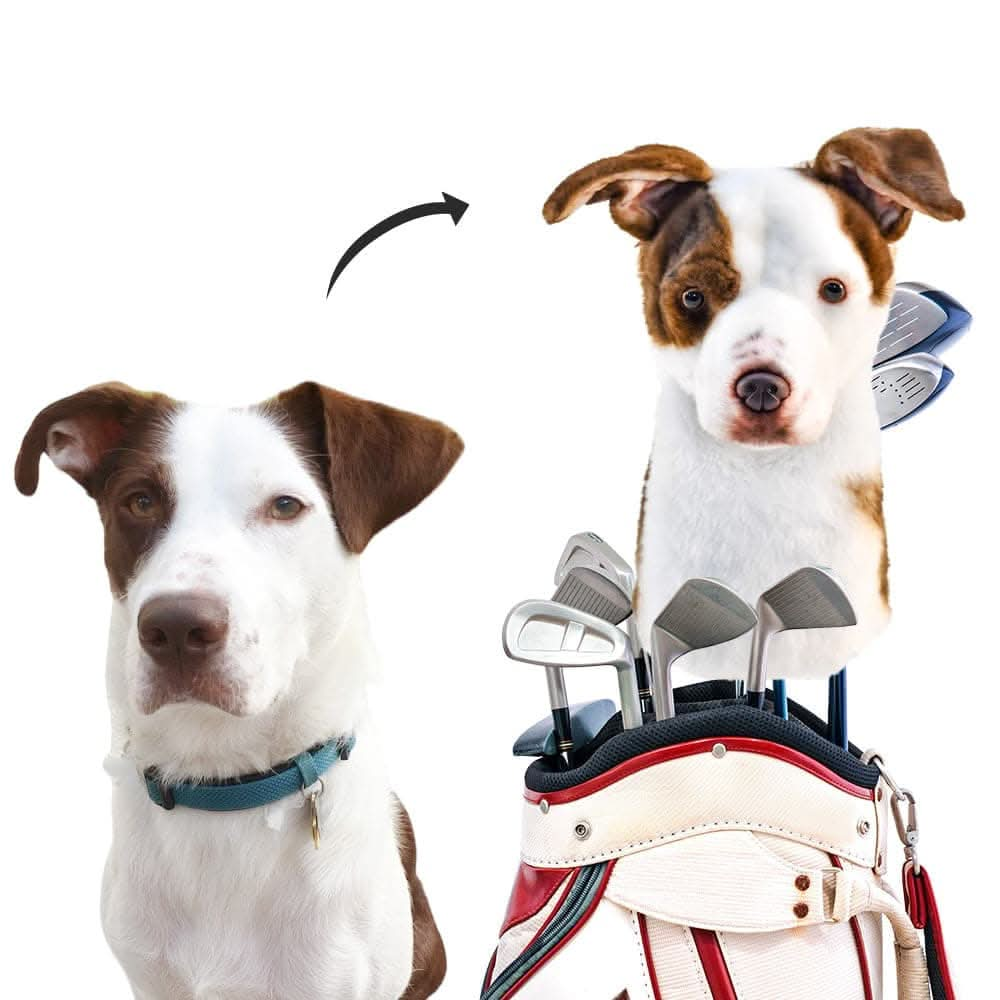



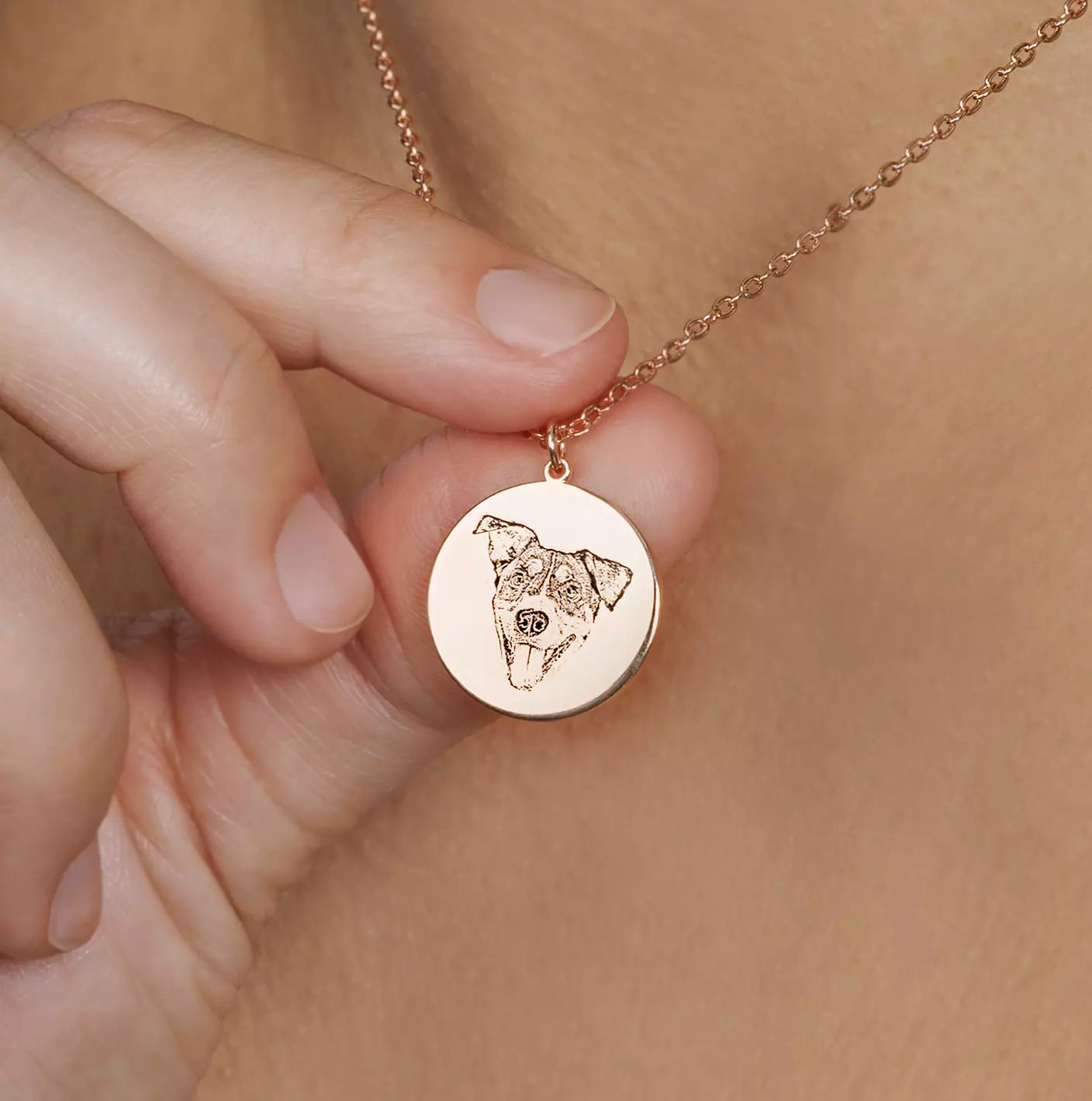
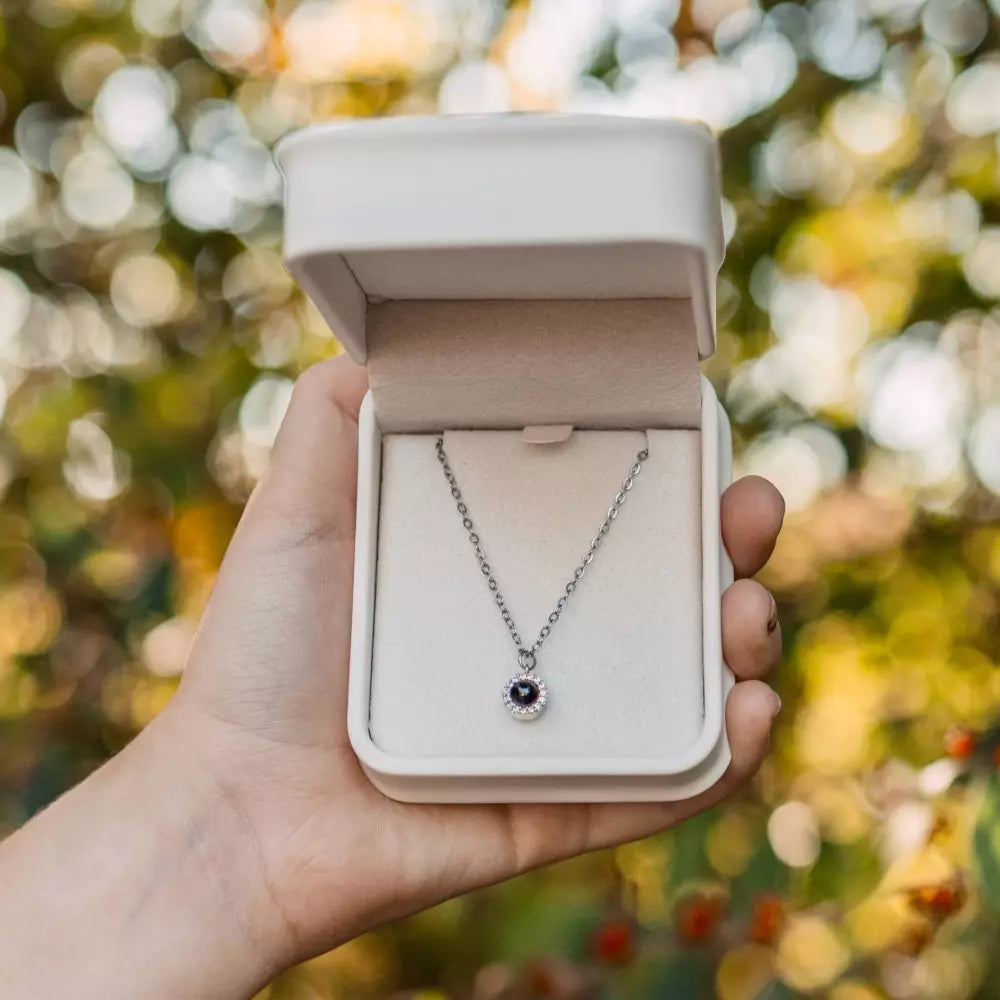
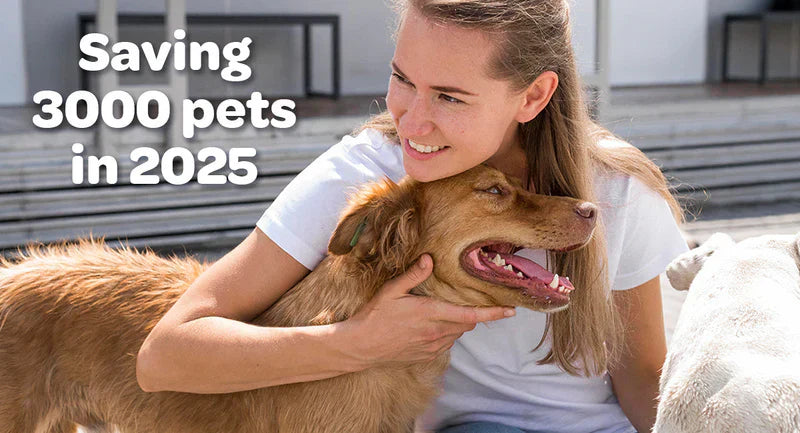
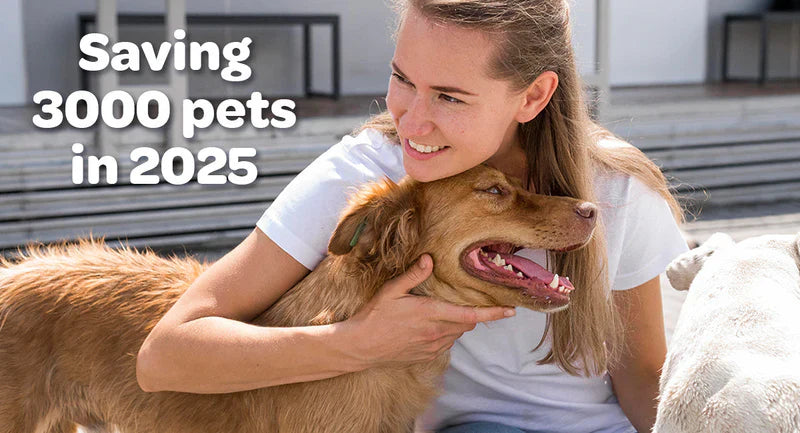
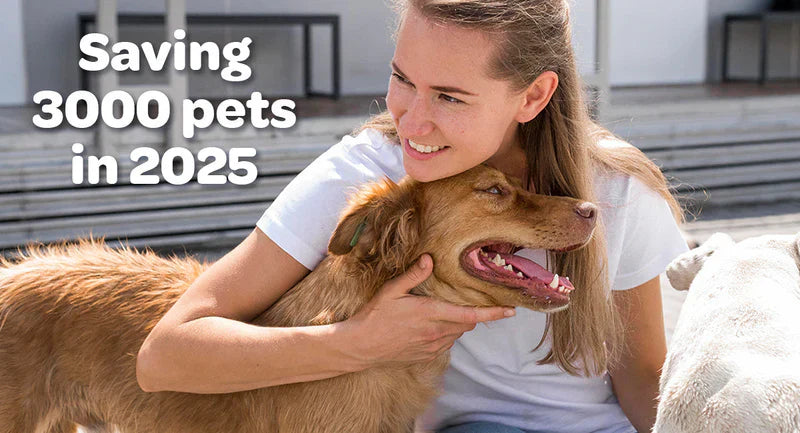
Leave a comment (all fields required)